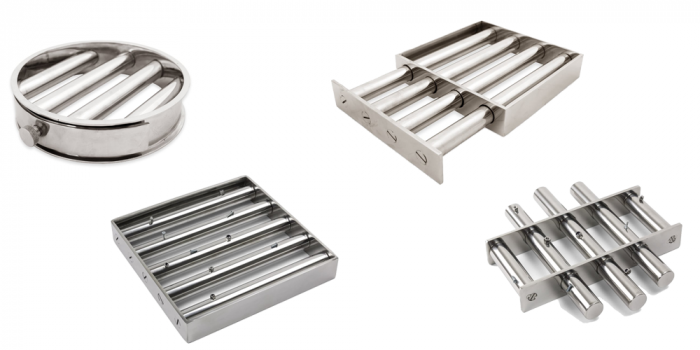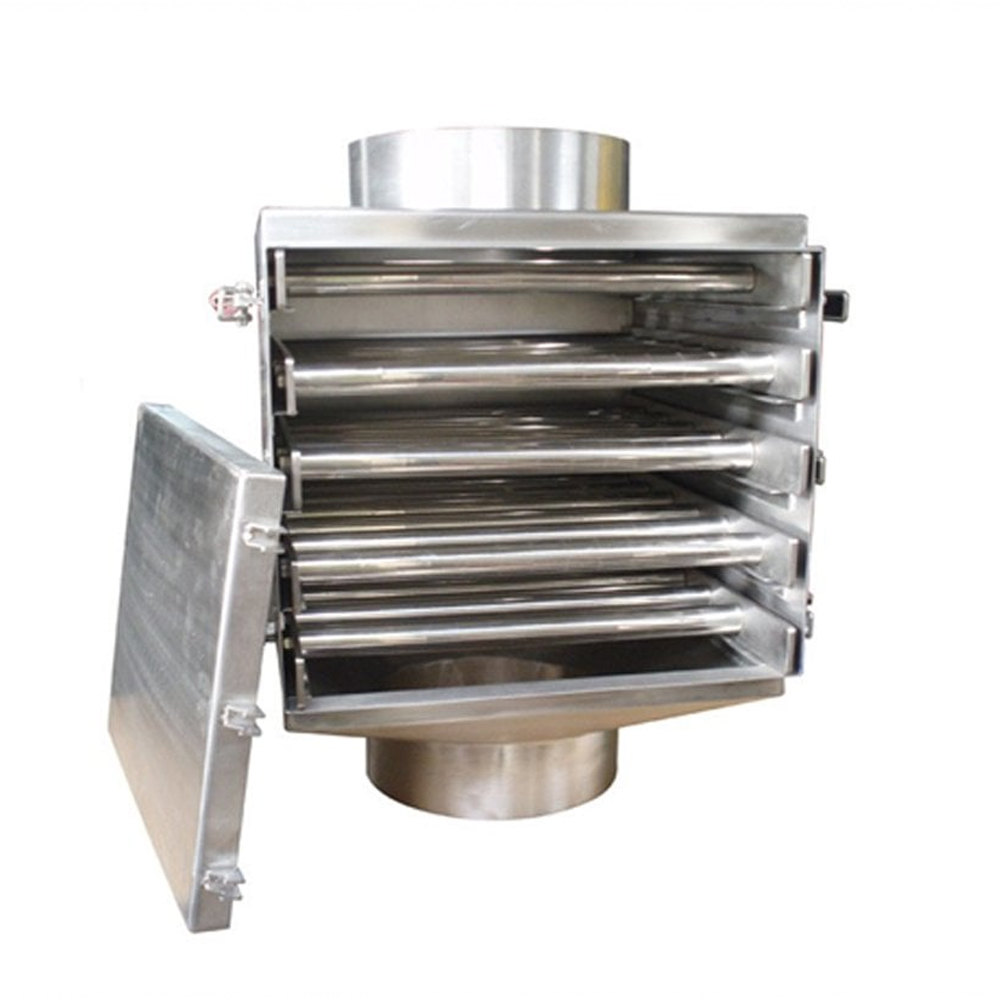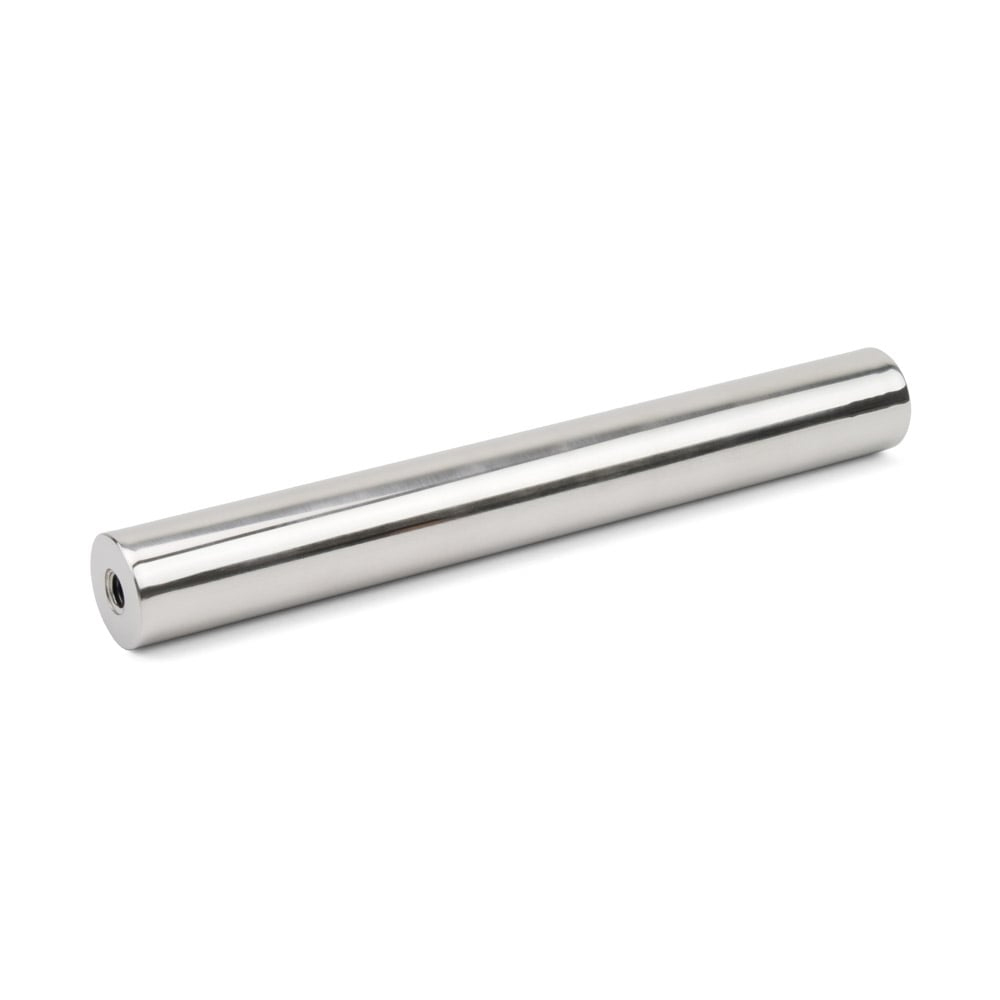Magnetic separators are an essential piece of equipment used to remove ferrous metal contaminants from materials, helping prevent damage to equipment and ensuring product purity. Magnetic separators play a crucial role in many industries such as mining, recycling, and food processing.
There are many advantages of using magnetic separators, however, like all machinery, magnetic separators require regular maintenance to perform correctly and at their highest standard.
Below we’ve provided our five best tips and tricks for maintaining and troubleshooting a magnetic separator.

Tip 1 – Regular Cleaning
Regular cleaning is the most important task for maintaining a magnetic separator, as over time magnetic separators can become clogged with ferrous metal particles, reducing their effectiveness.
To prevent this, simply clean the separator regularly. How often a separator will need cleaning is dependent on the application, it could be daily, weekly, or even monthly.
Cleaning a magnetic separator involves removing the magnetic material that has been collected, this can be done manually or using a cleaning system, such as a scraper.
Some separators come with an easy clean function, allowing you to remove the magnets from the stainless steel rods. By doing this, you can remove the captured ferrous materials from the rods quickly and easily.
Tip 2 – Check for Wear and Tear
Just like all equipment magnetic separators are subject to wear and tear, over time a magnet may lose its magnetic strength, or the housing unit may become detached.
To prevent this, we recommend regularly checking and inspecting the magnetic separator for signs of wear and tear, such as cracks, dents, or any other damage to the housing. As well as inspecting the magnets for signs of corrosion or damage.
Tip 3 – Maintaining Correct Magnetic Strength
Magnetic separators rely on their magnetic strength to effectively remove ferrous debris from the processed material; however, a magnet’s magnetic strength may decrease due to wear or tear or exposure to extreme temperatures.
To maintain the correct magnetic strength, be sure to regularly test the magnet with a gauss meter, if the magnetic strength is below the required level, the magnet would need to be replaced.
Tip 4 – Install Separators Correctly
Correct installation is essential for the effective operation of a magnetic separator, so when installing a magnetic separator, it is essential to follow the manufacturer’s instructions carefully.
It is crucial to ensure the separator is fitted in the correct location, at the correct angle with the correct spacing between the magnets and the material being processed.
Incorrect installation will reduce the effectiveness of the separator and may cause damage to other equipment.
Tip 5 – Troubleshooting
Troubleshooting involves identifying the problem, determining the cause, and taking corrective action.
If a magnetic separator is not performing correctly, it is crucial to identify the problem as quickly as possible, the most common issues include low magnetic strength, built-up material on the magnet, and damage to the housing.


